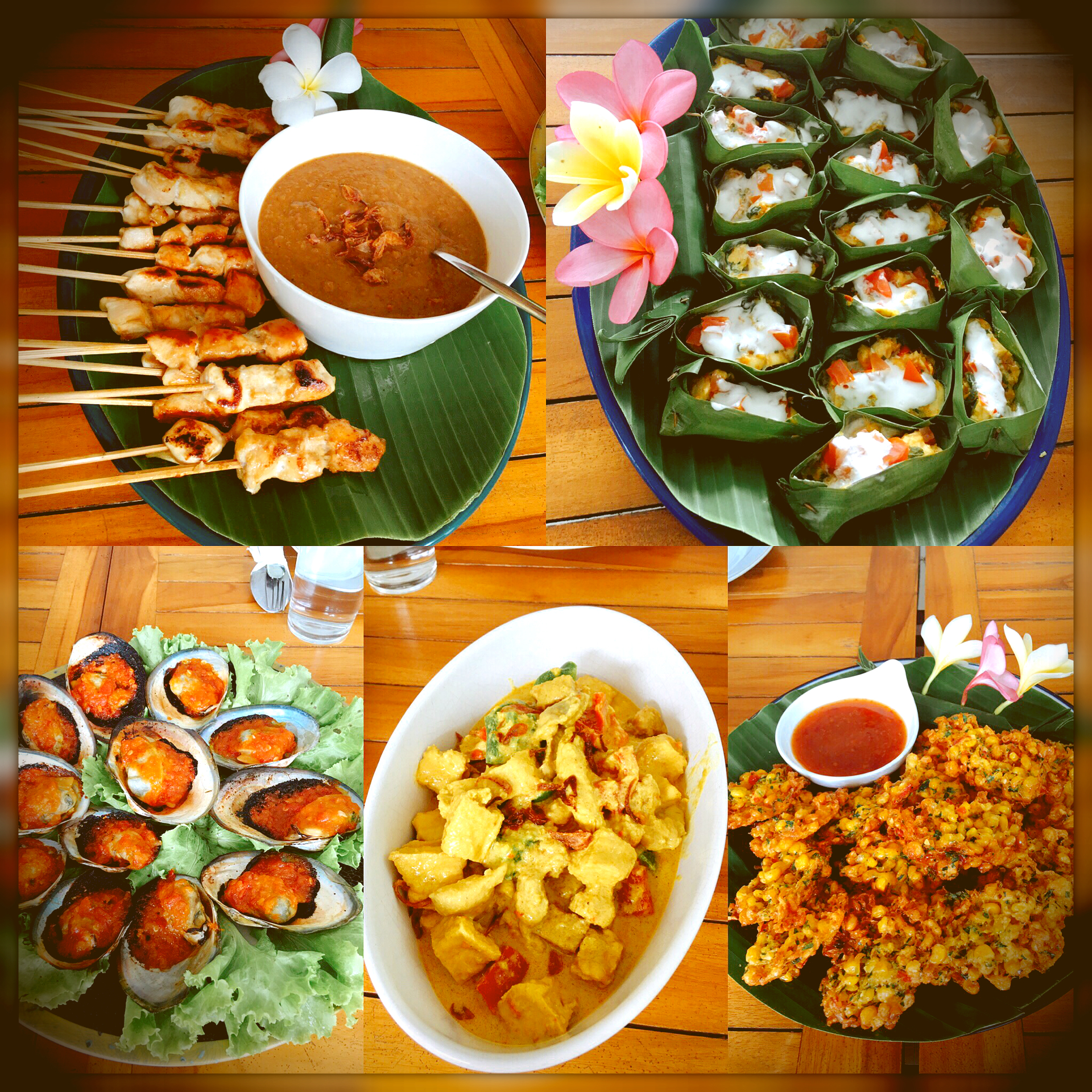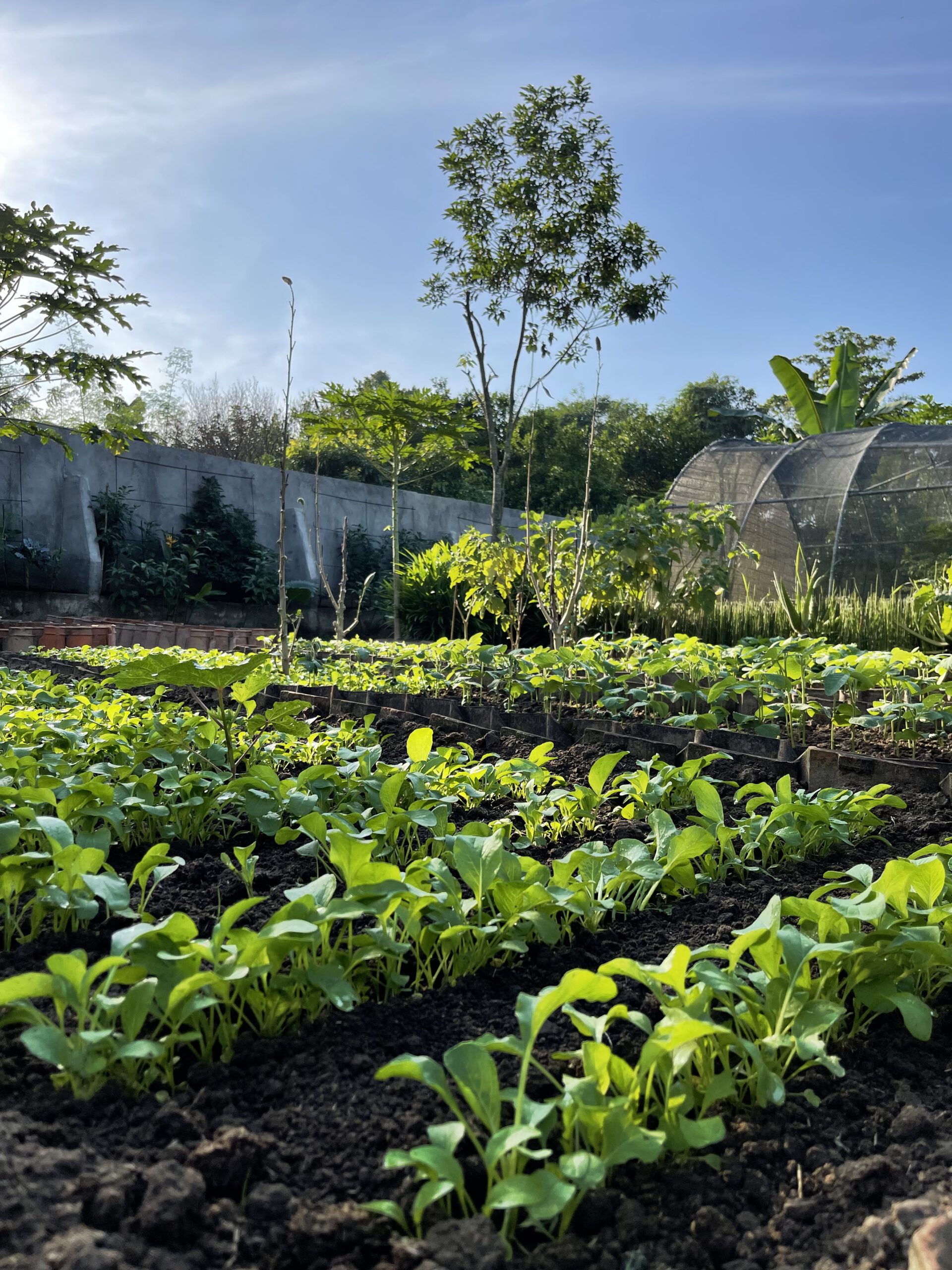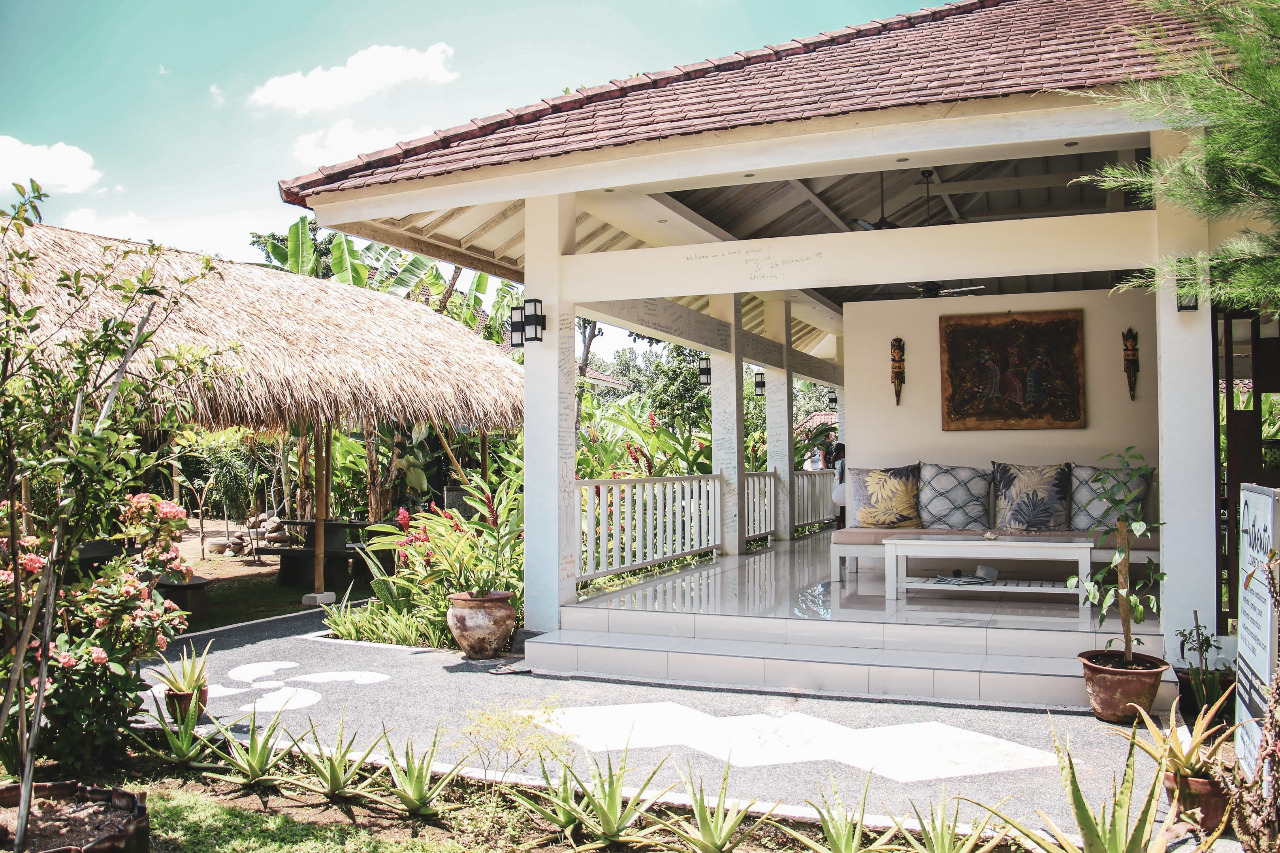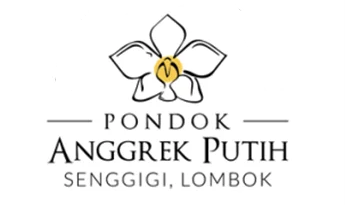Author
admin
Share
Author
admin
Share

Lombok, a picturesque island in Indonesia, is not just known for its stunning landscapes and serene beaches, but also for its rich and diverse culinary heritage. The island’s cuisine is a delightful blend of indigenous flavors, shaped by centuries of cultural influences and the abundant natural resources of the region. Join us on a culinary journey through the history and unique flavors that define Lombok cuisine.
A Culinary Journey: The History and Flavors of Lombok Cuisine
The Origins of Lombok Cuisine
The cuisine of Lombok has deep roots in the traditions of the Sasak people, the island’s indigenous inhabitants. For centuries, the Sasak people have relied on locally sourced ingredients, such as rice, coconut, and an array of spices, to create dishes that are both flavorful and nourishing. The island’s strategic location along ancient trade routes also introduced influences from neighboring regions, including Java, Bali, and the Middle East, enriching the local culinary landscape.
Key Ingredients and Flavors
Lombok cuisine is characterized by its bold and vibrant flavors, often achieved through the use of fresh herbs and spices. Here are some key ingredients that play a central role in Lombok’s culinary traditions:
- Chilies: Lombok is known for its spicy dishes, and chilies are a staple ingredient. Whether fresh, dried, or made into sambal (a chili paste), chilies add a fiery kick to many traditional dishes.
- Coconut: Coconut is used in various forms, from coconut milk to grated coconut, adding a rich, creamy texture and subtle sweetness to curries and desserts.
- Turmeric and Ginger: These aromatic spices are commonly used to flavor rice dishes, soups, and stews, providing a warm, earthy flavor that complements the heat of the chilies.
- Shrimp Paste (Terasi): A fermented condiment made from shrimp, terasi is a key ingredient in many sambals and sauces, adding depth and umami to Lombok’s dishes.
Iconic Lombok Dishes
Lombok’s culinary repertoire includes a variety of dishes that reflect the island’s diverse influences and rich history. Here are a few iconic dishes that you must try when exploring Lombok’s food scene:
- Ayam Taliwang: This spicy grilled chicken dish is a must-try for spice lovers. Marinated with a blend of chilies, garlic, and shrimp paste, the chicken is grilled to perfection, resulting in a dish that is both smoky and flavorful.
- Plecing Kangkung: A refreshing and spicy salad made with water spinach, sambal, and grated coconut, Plecing Kangkung is a popular side dish that pairs perfectly with grilled meats.
- Sate Rembiga: Named after a village in Lombok, Sate Rembiga features marinated beef skewers grilled over an open flame. The marinade, made with chilies, garlic, and tamarind, gives the beef a rich and tangy flavor.
The Influence of Culture and Tradition
Lombok’s cuisine is deeply intertwined with the island’s cultural and religious practices. Traditional ceremonies and festivals often feature elaborate feasts, where food plays a central role in bringing communities together. The preparation and sharing of food during these events are seen as a way to honor ancestors, celebrate milestones, and foster social bonds.
In recent years, there has been a renewed interest in preserving and promoting Lombok’s culinary traditions. Local chefs and food enthusiasts are increasingly focusing on sustainable practices, using organic ingredients, and reviving traditional recipes that have been passed down through generations.
Conclusion
Lombok’s cuisine is a true reflection of the island’s rich history, diverse culture, and bountiful natural resources. From the bold, spicy flavors of its iconic dishes to the deep cultural significance of food in daily life, Lombok offers a culinary experience that is both unique and unforgettable. Whether you’re a seasoned traveler or a food enthusiast, exploring Lombok’s cuisine is sure to be a highlight of your journey.








Hi, this is a comment.
To get started with moderating, editing, and deleting comments, please visit the Comments screen in the dashboard.
Commenter avatars come from Gravatar.